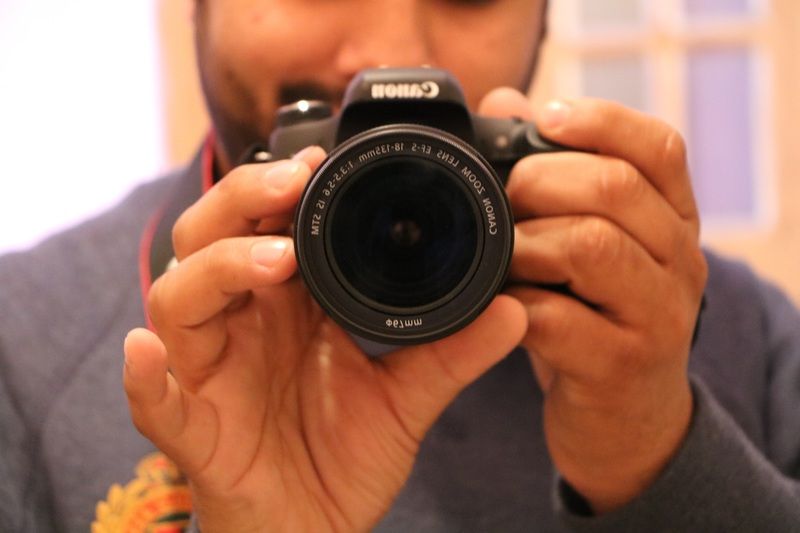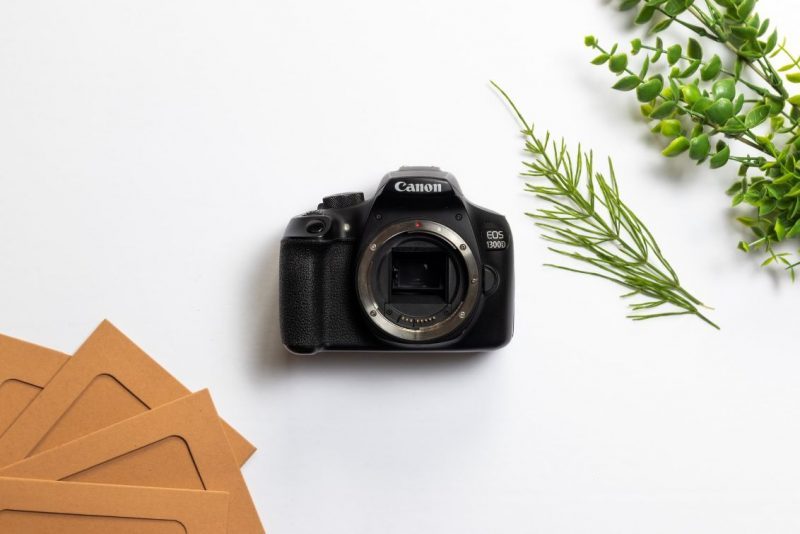Event photography is right now one of the demandable careers out there that you can do with your freedom, show creativity or earn profits. To make every event successful, you need some specific tools to create those outstanding works. And among them, do you need a flash for event photography? We are gonna find out the answer in this article.
Different types of photography need different types of lighting. Photography like product photography, wedding, or event photography needs better and bright lighting conditions. A flash is then a very worthy tool that helps photographers to get accurate pictures, freezing motions, and provides better effect for nighttime photos.
Without further ado, let’s get the details about flash for event photography here in this article below.
What Is Flash Photography?
As the name suggests, flash photography denotes the photography where flashes are used to take the photos.
A flash is a gadget used in photography to produce a flash of artificial light (typically 1/1000 to 1/200 of a second) to illuminate a scene. The significant purposes are to illuminate a dark scene or capture quickly moving objects or change the quality of light. Modern cameras often activate flash units automatically.
Do Professional Photographers Use Flash For Event Photography?
When it comes to lighting, you need to understand what type of photos you will take. If you are doing art photography, such as with streets or broad backgrounds, you don’t need a lighting tool. You can wait for natural light to be at its finest, or you can have time to adjust your angles.
But if you are going to do event photography, that’s another matter. For instance, at weddings, you don’t have the perfect light most of the time, or the light is either too dim or not balanced. You may also face situations where the backlight is high, resulting in dark faces and washed-out backgrounds.
A flash is uncompromising to get accurate pictures, and usually, professionals use flash to deal with these cases.
Why do Photographers Use Such Large Flashes?
As a photographer, there are moments when you need the extra spark of light. The built-in, on-camera flash, an external flash, or a studio strobe – are the three most popular choices.
Generally, instead of the built-in, on-camera light, you will see professional photographers use external flashes or studio strobes. Why do they use such large flashes?
Built-in on-camera flashes are smart tools where you need not carry anything extra. But the light is emitted, which can be harsh and unflattering. It also has a small range, making it unworkable to shoot stuff far out. Though you can use in-built flashes for street or minimal photography, it is not ideal for event photographs.
External flashlights are the common types of flashes you will see with experienced photographers. These flash devices boost the power and stability in the direction of the light and give you control over the intensity of the light.
These flashes are also much more flexible so that you can emphasize your subject.
Studio strobes are usually more robust and can illuminate more. One downside is that studio lights need electricity that restricts their portability. It is best for indoor shoots. Once you plug them into a power outlet, you don’t have to think about dead batteries or any other tool.
When You Should and Shouldn’t Use a Flash?
The need for flash depends on various requirements or situations according to your photography. Let’s take a look at what the needs are –
When you Should use Flash
Outdoors in Daytime: It may be less evident than inside, but still rather significant. When you go to shoot in broad daylight, you may have faced one common situation. Your subject may look like a silhouette, and then it becomes hard to fix. The flash serves as a second light source, filling in places where the image is underexposed because the camera’s metering mode prioritizes a specific part of the frame.
Better effect for night time photos: Night photography helps you to work with a blank canvas on which you can use your flash, among other items, to produce colors and light. Without leaving a trace, long exposures allow you to travel around the scene, and an external flash shot manually can freeze those bits of light around the picture.
Freezing motions: The cool thing about flash is that a brief burst of light helps you to freeze the action in a frame. It works well if you shoot in low light. It also allows you to use the light trails. This is very helpful if you are working with only an on-camera flash in a low light setting since it helps you create something cool and imaginative from very little.
When Should you Not Use a Flash?
Big events: This isn’t very sensible at major gatherings to use a flash. The flashlight will only cover just around 10-15 feet before maxing out. You are probably better off bringing the camera in and handling it correctly in manual or priority mode.
Candid: When you want to take a sudden picture, the flashlight will create unnecessary effects on the subject. Widen your aperture if you’re going to go unseen, and lift your ISO. This helps you to take pictures that are well exposed in low light environments, such as indoors.
Nighttime: If you do not want any cool effect with night photography, then it is best to skip the flash.
Concerts: When shooting at concerts, flash throws hideous shadows, creating awkward, unflattering angles as you are on the ground and the performer is on the stage.
Also Read: What is The Best Flash Trigger for Canon Cameras
Final Verdict
So, do you need a flash for event photography or not? Absolutely! It is not a fancy gadget. Instead, it is an integral part of a competent photography gear list.
Flashes are very handy when it comes to event photography. Larger flashes offer a lot of advantages to their smaller counterparts, but it can be a bit expensive. Let me know in the comment section about which one is your favorite type of flash for events.






